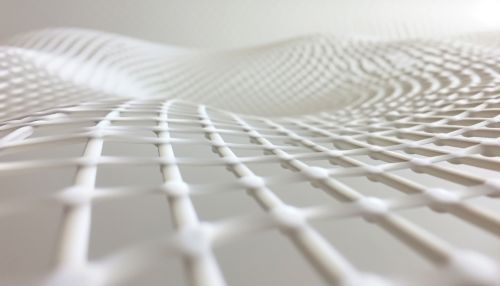Conformal map
Introduction
A conformal map, also known as a conformal transformation or biholomorphic map, is a function that preserves angles locally. In the most simple terms, it means that small shapes are kept intact, but the size may change. This concept is fundamental in several branches of mathematics, including complex analysis, differential geometry, and topology.


Mathematical Definition
Formally, a map f from an open subset U of the complex plane to the complex plane is called conformal (or biholomorphic) at a point z in U if it preserves oriented angles between curves through z as well as their orientation, i.e., the direction of the angle rotation. This implies that f is holomorphic and its derivative is everywhere non-zero on U.
Properties
Conformal maps possess several intriguing properties that make them useful in various mathematical and physical contexts.
Angle Preservation
The most significant property of a conformal map is that it preserves angles. This means that if two curves intersect at a certain angle, their images under a conformal map will also intersect at the same angle. This property is the defining characteristic of conformal maps and is the reason behind their name (conformal means "angle-preserving").
Local Isomorphism
Conformal maps are locally isomorphic, meaning that they preserve the local structure of a space. In other words, small shapes within the space are kept intact under a conformal map, although their size may change. This property makes conformal maps particularly useful in fields such as complex analysis and differential geometry, where the local structure of spaces plays a crucial role.
Holomorphicity
A conformal map is holomorphic, meaning that it is complex-differentiable at every point in its domain. This property is a consequence of the Cauchy-Riemann equations, which are a set of two partial differential equations that provide a necessary and sufficient condition for a function to be holomorphic.
Applications
Conformal maps have a wide range of applications in various fields of mathematics and physics.
Complex Analysis
In complex analysis, conformal maps are used to simplify the study of complex-valued functions. By transforming a complex function via a conformal map, one can often reduce a problem to a simpler or more familiar form.
Differential Geometry
In differential geometry, conformal maps are used to study the properties of differentiable manifolds. They are particularly useful in the study of Riemannian manifolds, where they can be used to define the notion of a conformal structure.
Physics
In physics, conformal maps are used in various areas such as the theory of relativity, where they provide a way to represent the curvature of spacetime in a flat, two-dimensional diagram. They are also used in fluid dynamics, electrodynamics, and quantum mechanics.
